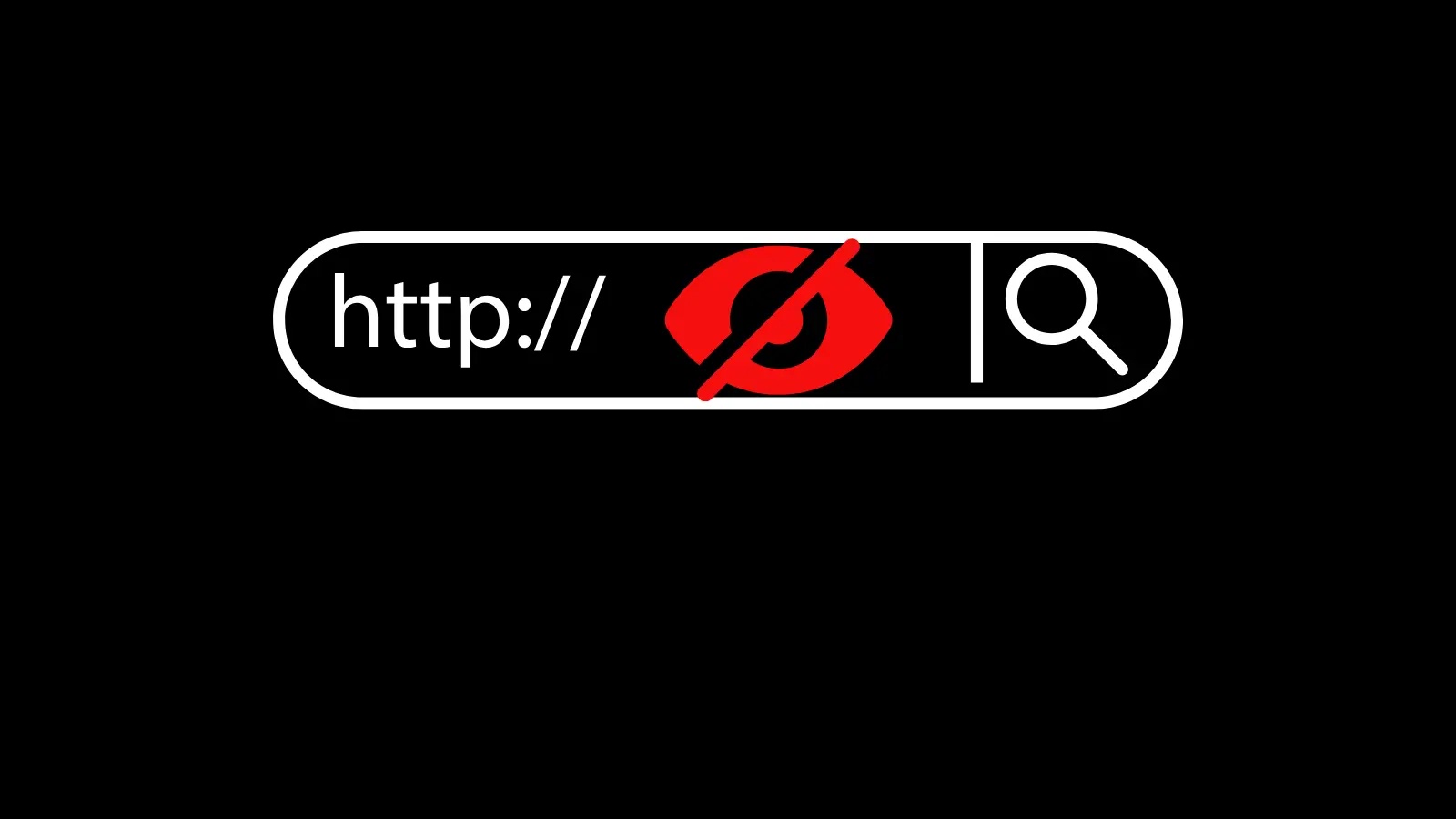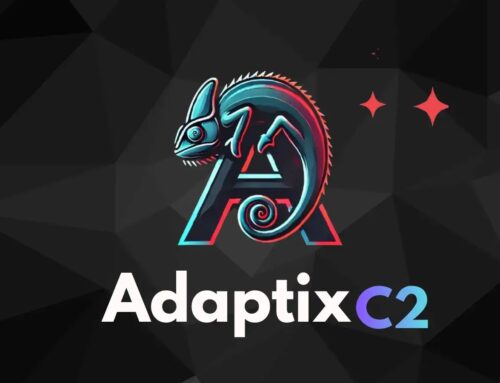
Hackers Exploit RTL/LTR Scripts and Browser Gaps to Hide Malicious URLs
The Trojan URL: How BiDi Swap Exploits a Decade-Old Flaw to Deceive Unwary Users
In the relentless pursuit of user data and system access, threat actors constantly refine their tactics. A particularly insidious method has resurfaced, leveraging a vulnerability dating back over a decade: the BiDi Swap attack. This sophisticated phishing technique exploits inconsistencies in how browsers render mixed Right-to-Left (RTL) and Left-to-Right (LTR) language scripts, allowing malicious URLs to masquerade as legitimate ones. The ease with which these deceptive links can bypass even careful scrutiny makes understanding and mitigating this threat paramount for IT professionals, security analysts, and developers alike.
Understanding the BiDi Swap Attack
The core of the BiDi Swap attack lies in a well-documented Unicode vulnerability, sometimes referred to as the “bidirectional override” or “confusable homograph” attack, though BiDi Swap specifically points to its exploitation of directionality markers. While the concept of Unicode-based URL spoofing isn’t new, BiDi Swap highlights how cunning attackers can manipulate these characteristics to create visually identical, yet functionally malicious, links. This method capitalizes on the human tendency to trust visual cues and the technical intricacies of how operating systems and browsers interpret complex Unicode characters.
The attackers achieve this by strategically inserting invisible (or barely visible) Unicode control characters, specifically the Right-to-Left Override (RLO) character (U+202E). When placed in a URL string, RLO reverses the display order of the subsequent characters without altering the actual underlying domain. For instance, a URL like example.com/malicious could be crafted to appear as malicious/moc.elpmaxe by placing RLO after com/. This visual reversal creates a convincing illusion, making a fraudulent link appear as a trusted domain, followed by seemingly innocuous subdirectories.
How BiDi Swap Works: A Technical Deep Dive
The BiDi Swap attack leverages the Unicode bidirectional algorithm, which dictates how text containing both LTR (like English) and RTL (like Arabic or Hebrew) scripts is displayed. The RLO character (U+202E) forces the display engine to render text that follows it from right to left, even if the underlying character sequence is left-to-right. Combine this with the Unicode Pop Directional Formatting (PDF) character (U+202C) to revert to LTR, and attackers gain precise control over how a URL is visually presented.
Consider a hypothetical malicious URL: https://trusted-bank.comgp.evil/user-login. The critical element here is the RLO character (represented here as for readability, but it’s invisible). A browser might display this as https://trusted-bank.com/user-login.evil.gp. However, the actual domain being accessed is evil.gp, not trusted-bank.com. The RLO character after trusted-bank.com and before gp.evil flips the display order of evil.gp and user-login, making the user perceive user-login as a subdirectory of trusted-bank.com, while in reality, it’s a subdirectory of the malicious domain. This deceptive rendering is particularly effective as users tend to scan the beginning of a URL for familiarity.
Browser Gaps and Rendering Inconsistencies
A significant factor enabling BiDi Swap attacks is the varied implementation of Unicode rendering across different web browsers and operating systems. While modern browsers have made strides in mitigating certain homograph attacks, the subtle manipulation offered by BiDi Swap can still slip through, especially when dealing with complex Unicode sequences and internationalized domain names (IDN). Older browser versions or niche rendering engines might be particularly vulnerable, failing to adequately flag or normalize such deceptive URLs.
The fundamental gap lies in the discrepancy between the “logical” order of characters in the URL string and their “visual” order as presented to the user. Browsers are designed to display text according to the Unicode bidirectional algorithm to accommodate diverse languages, but this feature can be weaponized. The attacker exploits this by constructing URLs that are syntactically valid but semantically misleading in their visual representation.
Remediation Actions for BiDi Swap Attacks
Mitigating BiDi Swap attacks requires a multi-layered approach, combining user education with robust technical controls. There is no specific CVE for the general BiDi Swap attack itself, as it exploits a fundamental Unicode behavior rather than a single software bug. However, components like domain validation and user interface rendering play a role.
- User Education: Teach users to be highly suspicious of any unexpected links, especially those in emails or messages. Emphasize checking the entire URL, not just the beginning, and looking for unusual characters or unexpected domain extensions.
- Visual Inspection Tools: Encourage users to hover over links to see the true destination URL in the browser’s status bar before clicking. However, savvy attackers can sometimes obscure this too.
- Punycode Conversion: Browsers should strictly enforce Punycode for displaying internationalized domain names (IDNs) in the address bar. This converts Unicode characters to an ASCII equivalent (e.g.,
xn--example-g9a), making spoofing much harder to conceal. Users should be educated to recognize Punycode. - Enhanced Browser Security: Browser developers should continue to refine their URL parsing and display logic to identify and flag suspicious Unicode combinations. This includes potentially rendering RLO characters explicitly or providing warnings.
- Email Security Gateways: Implement robust email security solutions that can analyze email content for suspicious URLs, including those with Unicode manipulation. These gateways can block or quarantine emails containing such links before they reach end-users.
- Web Application Firewalls (WAFs): WAFs can be configured to detect and block requests containing unusual Unicode characters or patterns often associated with URL spoofing attempts.
- Endpoint Detection and Response (EDR): EDR solutions can help identify unusual network connections or process executions initiated after an employee might have clicked on a malicious BiDi Swap URL.
- Domain Whitelisting/Blacklisting: For organizations, strict domain whitelisting for critical applications and services can help prevent access to unknown or suspicious domains.
Tools for Detection and Mitigation
| Tool Name | Purpose | Link |
|---|---|---|
| URLDecodr | Online tool for decoding various URL encodings, including Unicode characters. | https://www.urldecodr.com/ |
| Unicode Character Inspector | Helps identify and analyze individual Unicode characters within a string. | https://unicode-table.com/en/tools/character-inspector/ |
| PhishTank | Community-based service for checking and reporting phishing URLs. | https://www.phishtank.com/index.html |
| Google Safe Browsing | Provides API access to check if a URL is known to host malware or phishing content. | https://developers.google.com/safe-browsing |
| Proofpoint, Mimecast, etc. | Email security gateways that identify and block malicious URLs in email. (Vendor specific, search for their official sites) | Search specific vendor websites |
Conclusion
The BiDi Swap attack serves as a stark reminder that even seemingly minor rendering discrepancies can be weaponized for sophisticated phishing campaigns. By skillfully exploiting how Unicode RTL/LTR scripts are displayed, threat actors can craft convincing counterfeit URLs that bypass initial scrutiny. Safeguarding against this threat requires a combination of astute user vigilance, rigorous email security protocols, and continuous refinement of browser security mechanisms. Organizations and individuals must remain proactive, educating themselves on these subtle forms of deception and implementing robust defenses to protect against these visually deceptive, yet highly effective, attacks.





